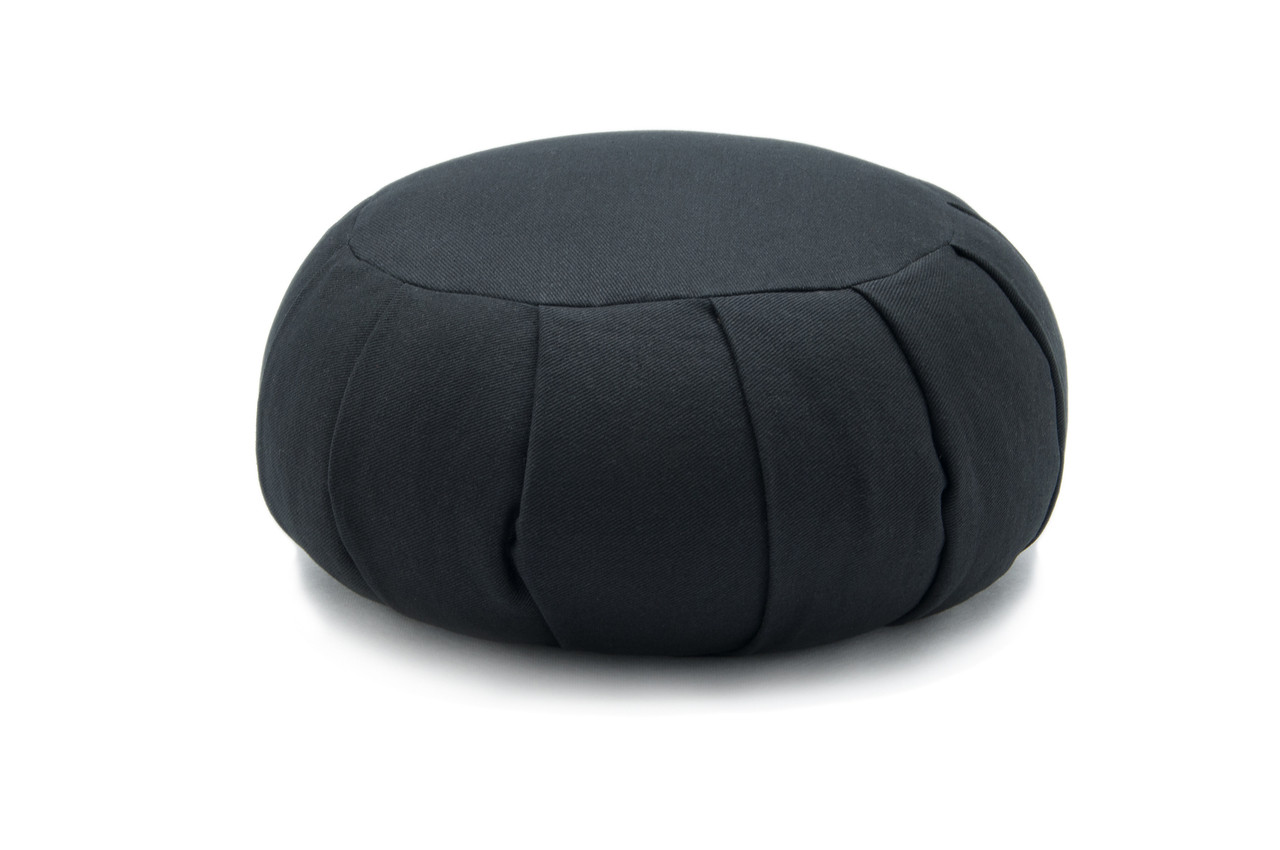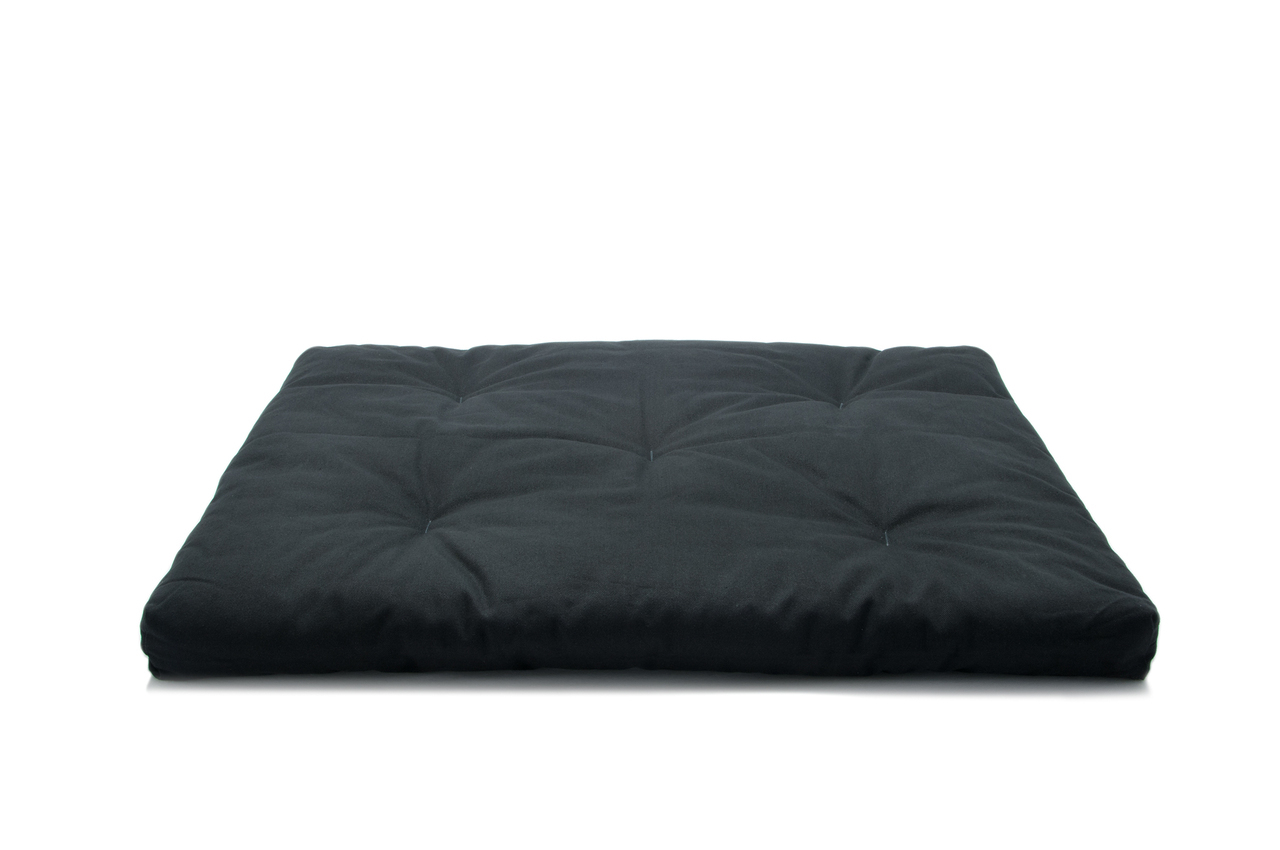Meditation Pillow Basics - A Tutorial on the Meditation Cushion
Posted by Jay Suthers on Jan 13th, 2022
If you are new to meditation, you probably have a lot of questions. What is meditation? What is a meditation pillow? What is the best meditation cushion for me? The list goes on. It can be intimidating to talk to someone who is experienced with meditation and already knows the language and techniques of meditation practice. This article will try to answer some of these questions in a basic way so as to help you understand meditation pillows.
What is Meditation?
First, let's touch on this topic as it lays the groundwork for everything we need to know about meditation cushions. Meditation is really a generic term much like the word Sport, which can mean football, tennis, or even figure skating. Similarly, meditation can take form in many different ways such as sitting meditation, mindfulness meditation, walking meditation, centering prayer, and even sitting quietly. The first thing to understand is what meditation is not. It is not about stopping the mind from thinking. Meditation is rather about learning to develop an awareness beyond thinking. The mind is always going to think because that is what it does. Meditation is about "calming the storm". That is, having a moment of focus that allows the mind to think all its crazy thoughts and not engage with any of them. This is meditation in it's simplest definition. If you are reading this article, you are already exploring meditation. So, let's focus next on some of the tools of meditation - meditation pillows.
What is a Meditation Pillow?
Note that I use meditation pillow and meditation cushion interchangeably throughout this article. They are the same thing. A meditation pillow is any kind of fabric pillow stuffed firmly so that it doesn't compress easily while sitting on it. While there are different ways of sitting on a meditation pillow, it is invariably placed under the body somehow and designed to provide lift and support during meditation. The goal is to help the body remain relatively still, stable, and comfortable during the meditation session.
The Zafu Meditation Cushion
 Here is how to pronounce Zafu. The emphasis is on the first syllable, which sounds like "zap" minus the "p". The second syllable sounds like "food" minus the "d". Therefore, you have Zap-Food minus the ending consonants: Za-Foo. Zafu is a phonetic pronunciation of the Japanese word, 座蒲. Zafu literally translates to Seat Cattail. This is because these round cushions were originally stuffed with the fluff that comes from cattails that grow in wetlands. Since cattail fluff is difficult to cultivate and harvest, the Zafu is more often stuffed with cotton batting or Kapok "kay-pock (rhymes with sock)".
Here is how to pronounce Zafu. The emphasis is on the first syllable, which sounds like "zap" minus the "p". The second syllable sounds like "food" minus the "d". Therefore, you have Zap-Food minus the ending consonants: Za-Foo. Zafu is a phonetic pronunciation of the Japanese word, 座蒲. Zafu literally translates to Seat Cattail. This is because these round cushions were originally stuffed with the fluff that comes from cattails that grow in wetlands. Since cattail fluff is difficult to cultivate and harvest, the Zafu is more often stuffed with cotton batting or Kapok "kay-pock (rhymes with sock)".
The Zafu is a round, pleated pillow. Why the pleats? The pleats on the Zafu allow for expansion of the pillow while safeguarding the fabric and seams from tearing out. How is it used? Generally, one sits on the front half in a cross-legged posture. Since the Zafu is round, you get to choose what constitutes the front. The hips will be on the Zafu and the knees, calves, and ankles will be on the floor or, as I will discuss soon, a padded mat called a Zabuton.
Some meditators may wish to sit in a kneeling posture known as Seiza (say-zah). In this case, the Zafu will be turned on its edge and one would squat over the cushion. In this way, the knees, shins, and tops of the feet are on the floor or Zabuton and the sit bones of the pelvis are full-weight on the Zafu.
Finally, the Zafu is typically filled with Kapok, a cotton-like fiber, or Buckwheat Hulls. To learn more about these, please review our Blog article on Kapok vs. Buckwheat Hulls.
The Zabuton Meditation Cushion
Here is how to pronounce Zabuton. Again, the emphasis is on the first syllable, which sound like "zap" minus the "p". The next syllable sounds like "boo" with a little bit of "y" in it like "byoo". The final syllable sounds like "on" with a "t" on the front. Therefore, you have zap(no P) - byoo - t - on, or za-byoo-ton. Zabuton is somewhat of a phonetic pronunciation of the Japanese word, 座布団. Zabuton literally translates to Japanese Cushion. The Japanese oftentimes sit on this type of rectangular mat next to a low table when eating meals.
The Zabuton is most often filled with layers of cotton batting. The fill is looser than you will find in a Zafu because it is meant to soften the area where the legs are resting and does not need to provide lift, per se.
While the Zabuton can be used alone for sitting meditation, meditators most often pair the Zabuton with a Zafu or some other sitting cushion such as the Zafu. Because these are oftentimes paired together, we offer the Zafu and Zabuton as a set with a $10 discount over purchasing the two cushions separately.
Finally, there a quite a few alternatives to the Zafu for the sitting cushion. Depending on your individual needs, you may wish to explore the different shapes and styles that offer different types of support. Here at Sage Meditation we offer the Cosmic Cushion, Heavenly Buckwheat Bean, Rectangular Meditation Cushions, and other types of support cushions. However, you can also find more elaborate meditation cushions that will help you with your meditation practice.
Be sure to return to our Sage Meditation Blog regularly as I discuss more concepts about meditation, meditation cushions, and other relaxation products and techniques.
I hope this information has been helpful in understanding the basics of meditation cushions.
Thank you for reading,
Jay
If you would like to comment on this blog or have any questions, please feel free to Contact Sage Meditation Customer Service.


